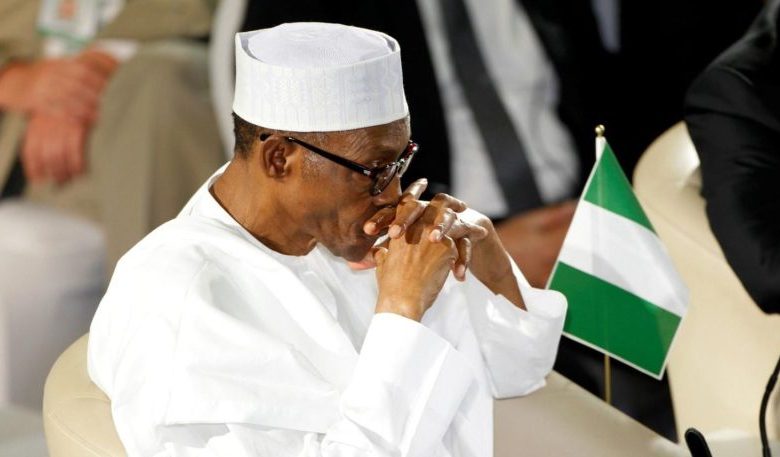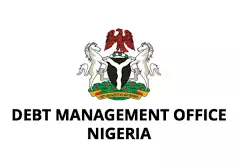Nigeria’s total public debt stock, which was N41.60 trillion ($100.07 billion) in March, increased to N42.84 trillion ($103.31 billion) by June.
This information can be found in a statement that was obtained on Tuesday from the website of the Debt Management Office.
According to the statement, the total debt represents the domestic and external debt stocks of the Federal Government of Nigeria (FGN), the 36 state governments, and the Federal Capital Territory (FCT).
However, it stated that while the local component of the debt increased to N26.23 trillion (63.24 billion dollars), the foreign component remained at the same level of N16.61 trillion (39.96 billion dollars).
As of March 30, the local portion of the nation’s borrowings totaled N24,98 trillion (60.1 billion dollars).
The DMO said that a larger percentage of the external debts were concessional and semi-concessional loans.
“Over 58 percent of the external debt stock are concessional and semi-concessional loans.
“They were obtained from multilateral lenders such as the World Bank, International Monetary Fund, Afrexim and African Development Bank, and bilateral lenders including Germany, China, Japan, India, and France.
“The total domestic debt stock increased from N24,98 trillion (60.1billion dollars) in March to N26.23 trillion (63.24 billion dollars) in June.
“This is due to new borrowings by the FGN to part-finance the deficit in the 2022 Appropriation (Repeal and Enactment) Act, as well as new borrowings by state governments and the FCT,” the DMO said.
It said that the total public Debt-to-GDP ratio remained within limits, at 23.06 percent, while Debt-Service-to-Revenue was still high.
It added that the federal government was committed to increasing revenue to reduce the amount that went into debt servicing.
“The Debt-to-GDP as of June 30, was 23.06 percent compared to the ratio of 23.27 as of March 30. It remains within Nigeria’s self-imposed limit of 40 percent.
“While the Federal Government continues to implement revenue-generating initiatives in the non-oil sector and block leakages in the oil sector, Debt Service-to-Revenue ratio remains high,” it said.










